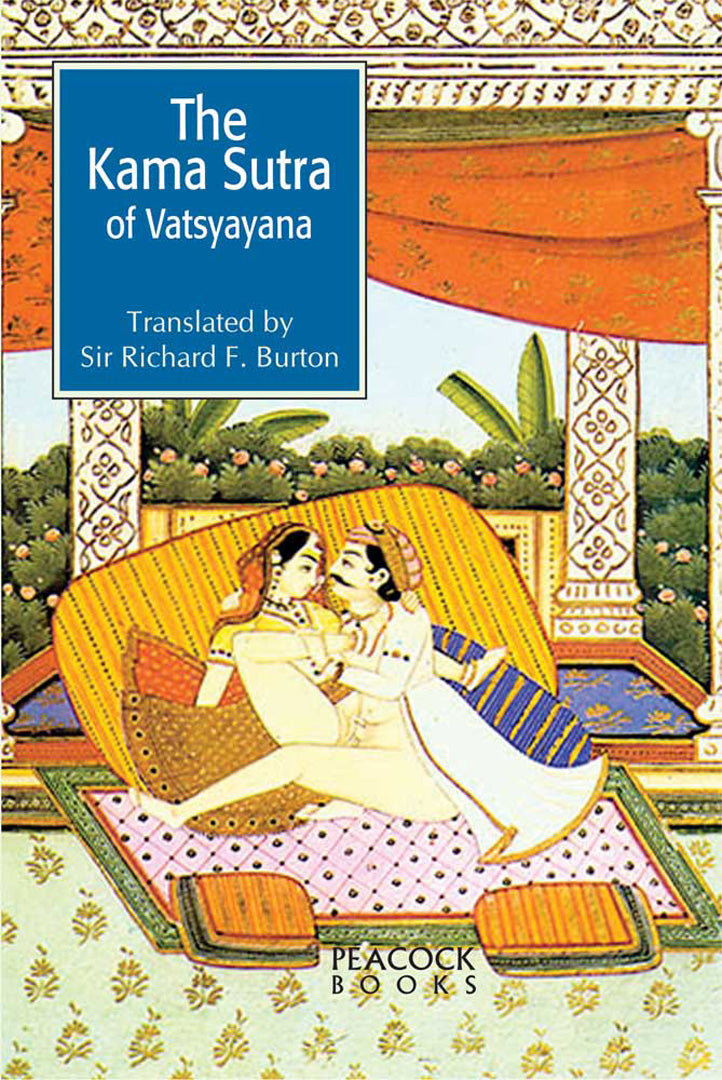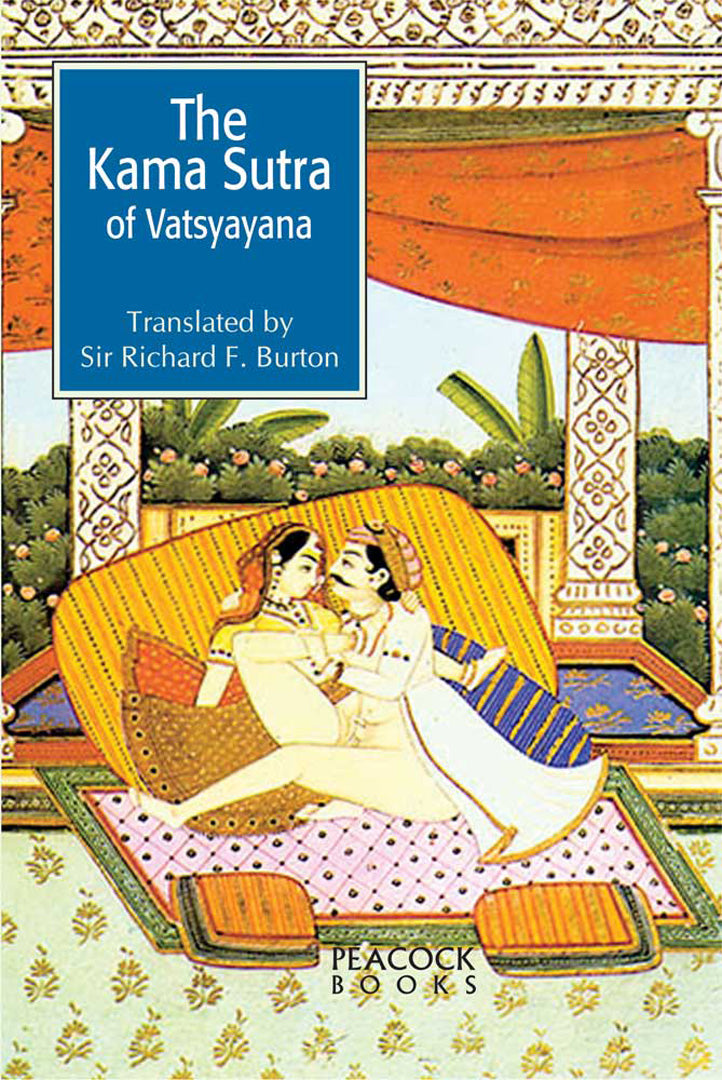The Kama Sutra Of Vatsyayana
The Kama Sutra Of Vatsyayana
Translated by Sir Richard Burton
Couldn't load pickup availability
Share

More Information
- ISBN13:
- Publisher: Atlantic Publishers & Distributors (P) Ltd
- Publisher Imprint: Peacock Books
- Publication Date:
- Pages: 210
- Binding:
- Item Weight:
- Original Price:
About The Book
The Kama Sutra, an ancient Indian Hindu text written by Vātsyāyana, is widely considered to be the standard work on human sexual behavior. A portion of the work consists of practical advice on sexual intercourse. It is largely in prose, but some verses have also been inserted.
Contrary to popular perception, The Kama Sutra is not exclusively a sex manual. Instead, it is a guide to a virtuous and gracious living that discusses the nature of love, family life and other aspects pertaining to pleasure-oriented faculties of human life. The book in main parts is about the philosophy and theory of love, what triggers desire, what sustains it, and how and when it is good or bad.
Historians attribute The Kama Sutra to be composed between 400 BCE and 200 CE. According to John Keay, it is a compendium that was collected into its present form in the 2nd century CE. The book is structured into seven parts: 1. General remarks; 2. Amorous advances/sexual union; 3. Acquiring a wife; 4. Duties and privileges of the wife; 5. Other men’s wives; 6. About courtesans; and 7. Occult practices.
The book is not to be used merely as an instrument for satisfying our desires, but to learn to attend to Dharma and Artha and also to Kama, without becoming the slave of our passions.
The Kama Sutra is considered the most explicit and fascinating book ever written for lovers. Explaining the methods of cultivating sensual pleasure, sexual desire, and loving union, the book provides erotic knowledge for a satisfying union in lovemaking.
About The Author
Vātsyāyana was a Hindu philosopher believed to have lived around 2nd century AD in India. Some people believe that he must have lived between the 1st and 6th century AD, due to some historical facts that point to this range of period.
He is sometimes confused with Pakṣilasvāmin Vātsyāyana, the author of Nyāya Sutra Bhāshya, and with Mallanaga, the prophet of the Asuras, to whom the origin of erotic science is attributed.
Not much is known about Vātsyāyana a. It is believed that on his instructions, his disciples went, on the request of the Hindu Kings in the Himalayan range, to influence the hill tribals to give up the pagan cult of sacrifices. He is said to have created the legend of Tara among the hill tribes as a tantric goddess. Later, as the worship spread to the east Garo hills, (now in the state of Meghalaya) the goddess manifest of a ‘yoni’ goddess Kamakhya was created.
Vātsyāyana’s interest in human sexual behavior as a medium of attaining spirituality was recorded in his treatise The Kama Sutra. For Vātsyāyana, sex is a means of fulfillment of desire but not for indulgence in it. In fact he considers mastery over the senses as an important objective of life. One who is not the slave of his passions will achieve success in everything they do. He learnt the importance of Dharma and Artha while leading the life of a religious student at Benares where he was engaged in the contemplation of his deity.

